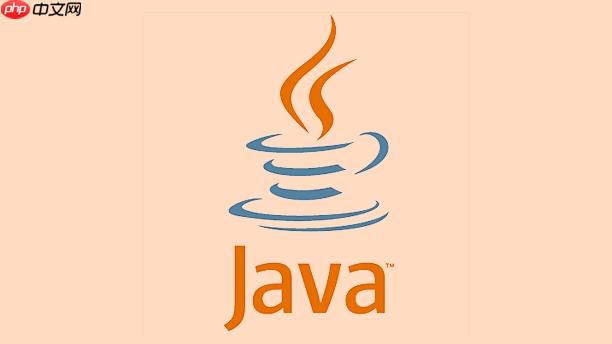Collectors.toSet()用于将流中元素收集为无重复的Set集合,基于equals和hashCode实现去重,不保证顺序;若需有序或特定类型Set,应使用Collectors.toCollection(LinkedHashSet::new)或TreeSet::new。

在Java 8及以上版本中,Collectors.toSet() 是一个常用的终端操作,用于将流(Stream)中的元素收集到一个Set集合中。它的主要作用是去重并生成不可重复元素的集合。下面详细解析其使用方式和注意事项。
最简单的场景是将一个List或数组通过流处理后,使用 Collectors.toSet() 收集成Set。
List<String> list = Arrays.asList("apple", "banana", "apple", "orange");
Set<String> set = list.stream()
.collect(Collectors.toSet());
System.out.println(set); // 输出可能为 [banana, orange, apple],顺序不保证
可以看到,重复的 "apple" 被自动去除,结果是一个不含重复元素的Set。注意:Set不保证元素顺序,如果需要有序集合,应考虑使用 Collectors.toCollection(LinkedHashSet::new)。
当收集对象时,Set通过对象的 equals() 和 hashCode() 方法判断是否重复。因此,自定义类必须正确重写这两个方法,否则可能导致去重失败。
立即学习“Java免费学习笔记(深入)”;
class Person {
private String name;
private int age;
// 构造函数、getter等省略
@Override
public boolean equals(Object o) {
if (this == o) return true;
if (!(o instanceof Person)) return false;
Person person = (Person) o;
return age == person.age && Objects.equals(name, person.name);
}
@Override
public int hashCode() {
return Objects.hash(name, age);
}
}
有了正确的 equals 和 hashCode 实现后,以下代码才能正确去重:
List<Person> people = Arrays.asList(
new Person("Alice", 25),
new Person("Bob", 30),
new Person("Alice", 25)
);
Set<Person> uniquePeople = people.stream()
.collect(Collectors.toSet());
System.out.println(uniquePeople.size()); // 输出 2
Collectors.toSet() 不指定返回的Set具体类型,通常返回的是由JVM优化决定的内部实现。若需特定类型的Set(如LinkedHashSet保持插入顺序,或TreeSet排序),应使用 Collectors.toCollection()。
Set<String> linkedSet = list.stream()
.collect(Collectors.toCollection(LinkedHashSet::new));
Set<String> sortedSet = list.stream()
.collect(Collectors.toCollection(TreeSet::new));
基本上就这些。Collectors.toSet() 使用简单,适合快速去重收集,但在需要控制集合类型或顺序时,建议使用更明确的 toCollection 方式。理解其背后依赖的 equals/hashCode 机制,能避免实际开发中的去重陷阱。
以上就是Java里如何使用Collectors.toSet将流收集为集合_流收集为集合操作解析的详细内容,更多请关注php中文网其它相关文章!

每个人都需要一台速度更快、更稳定的 PC。随着时间的推移,垃圾文件、旧注册表数据和不必要的后台进程会占用资源并降低性能。幸运的是,许多工具可以让 Windows 保持平稳运行。

Copyright 2014-2025 https://www.php.cn/ All Rights Reserved | php.cn | 湘ICP备2023035733号